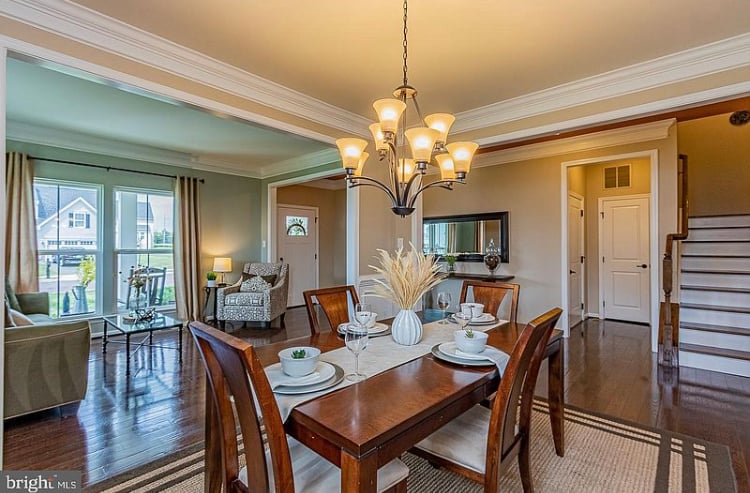
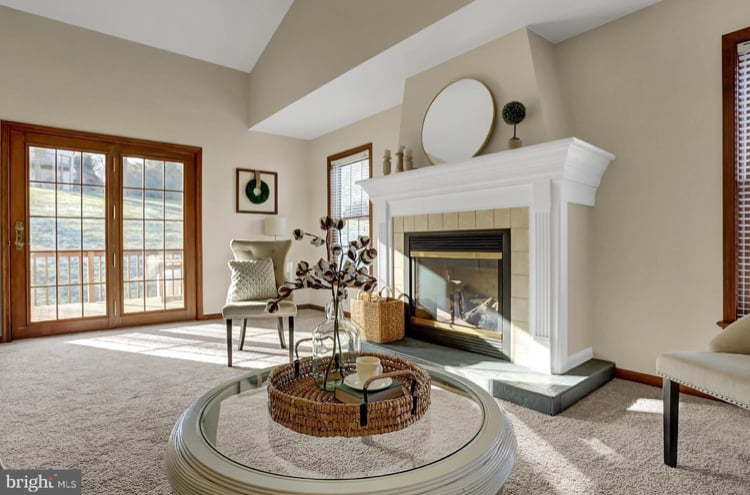
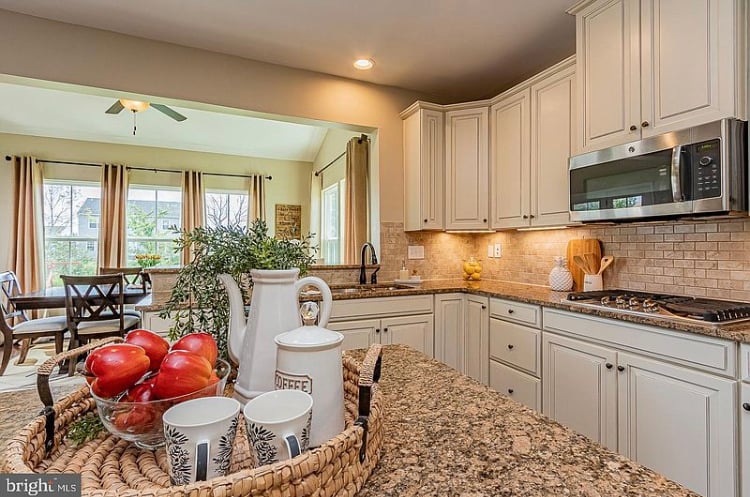
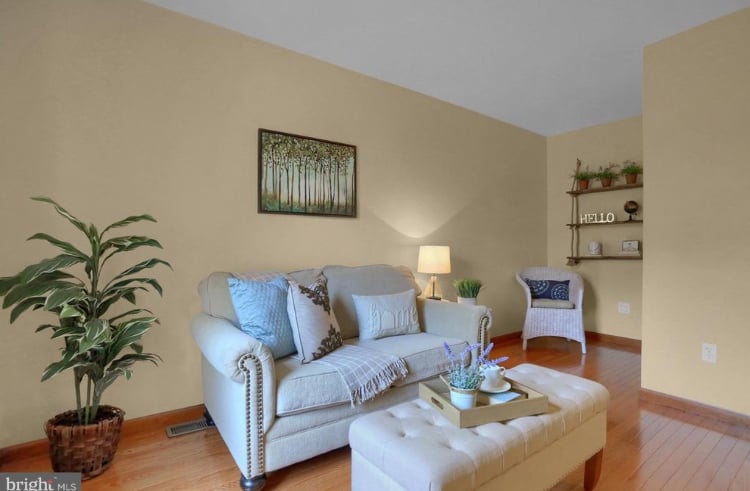
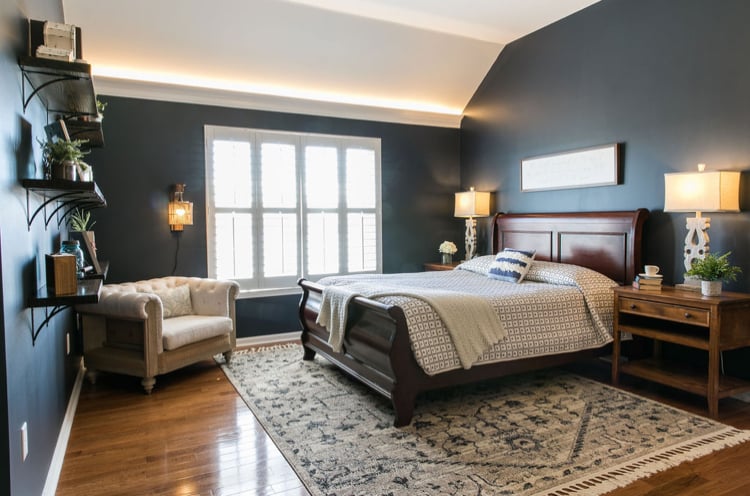
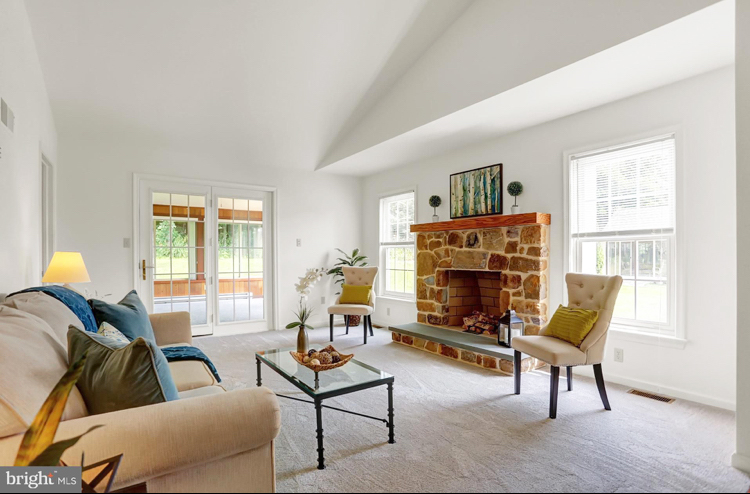
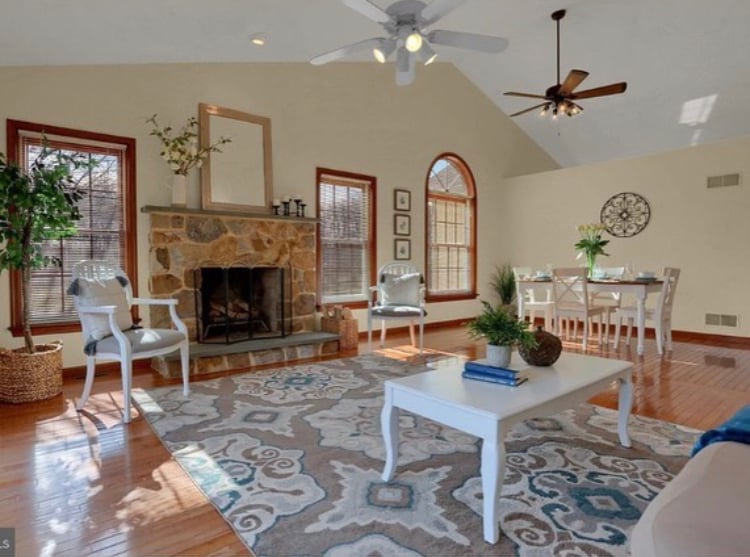
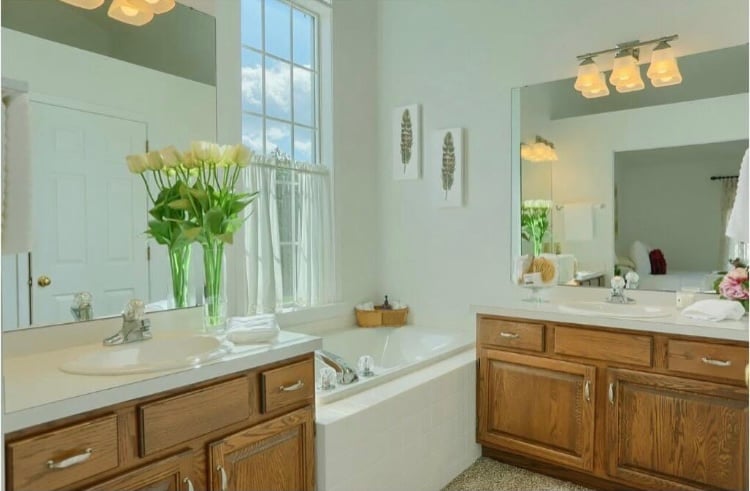
With this long dark winter nearly in our rear-view mirrors, our thoughts are springing to a lighter, brighter time — an improved normal, some might say.
For many of us, that may mean a new way of looking at life after the past year’s pandemic siege: a sense of joy in the simpler things, a sense of joy in each other.
There is likely a similar sentiment when you think of home. After all, you’ve probably spent more time than ever in your residence these past dozen months, from adhering to the social lockdown we’ve become accustomed to, or perhaps establishing your home office.
As this once-in-a-century event has caused lots of soul searching, it’s also inevitably made you more aware of your domestic surroundings. All the wall hangings, all the collectibles, all the furnishings and accessories have become, more than ever before, your cohabitants.
And maybe, just maybe, the time has come for some to go. Or maybe it’s time to change abodes. Whether it’s essential spring cleaning or a whole house move, the season has come to simplify, declutter, and, more or less, to do a residential cleanse and create a new stage per se on which to live your life.
For those who’d prefer a professional’s helping hand, there’s no need to look further than Paige Rogers, who operates her PMR Design out of her Oley area home. Rogers, who grew up in Gilbertsville, just over the Berks line, established her business about five years ago. The mom of two daughters and two sons, ranging from a kindergartner to a high schooler, she not only has the professional chops to help — she also has the life experience of this crazy year.
Coping with COVID Changes
With a husband whose career in medical instruments has made him more in nearly constant demand during the COVID crisis, traveling from hospital to hospital, Rogers found her business circumstances incredibly altered.
In the fall of 2019, she saw her youngest start school, a situation which provided her time during the school day to travel to clients in the Berks-Montgomery-Lancaster-Chester region.
“It was full steam ahead then,” she says.
Then, late last winter, the pandemic hit and the need for virtual instruction required her to be home with her children.
The challenge of creating a home school setting, however, was right up her alley. Rogers transformed the family dining room into a contemporary classroom. On one wall, a long wood board serves as a desk with space for at least three. Wall-mounted shelves hold books and supplies and minimal accessories. Selected art work displays the children’s talents. The light grey walls and crisp white wood trim enhance the airiness of the room.
Light pours in from the large window unencumbered by any heavy treatments. Eames-style white chairs provide comfortable seating. And a unified sense of order means needed academic materials will find their appointed storage so the table can double for dining. (An addendum here – Rogers’ husband constructed a long farm table located in the kitchen where the family most often has their meals.)
All in all, Rogers’ dining/classroom offers a real-place example of how to tailor a room to fit a family’s needs without the encumbrance of excessive furniture or clutter.
Collaboration is Key
Generally, Rogers works with area real estate agents assisting in the preparation of a home sale.
Following graduation from Harcum College in Bryn Mawr, she worked in both residential and commercial interior design. Her real estate broker brother, Dan Marquette of Providence Real Estate in Collegeville, admired her house-staging style and she started working with him.
With the establishment of her own firm half a decade ago, Rogers began working with other real estate agents as well as homeowners, many of whom considered downsizing in the near future.
Staging, says Rogers, is critical to not just selling a home, but to getting top dollar for it. Even in a seller’s market, a professional staging can accelerate value.
“Homes that are staged sell 88 percent faster and command 20 percent higher value than homes not staged,” asserts Rogers, citing statistics from realtor.com. That translates into a real ROI — return on investment — for the client engaging a stager.
“Think of it like this,” she says: “You might spend $1,000 on the staging and get $10,000 more for your home.”
Generally, she is contacted by real estate agents on behalf of the home sellers. There is an initial consultation fee of $200, most of which may be tax deductible. She will schedule an appointment to tour the home with the seller to see the current condition and make suggestions.
The homeowner can either take note of her suggestions or, for a bit more, Rogers will prepare a written report for the seller.
“In the report, I’ll provide ‘before and after’ photos,” she says. Clients want to see the difference for themselves.
Rogers does her best to be sensitive to clients’ feelings but does stress the importance of making changes.
Less is More Important
First and foremost is decluttering. From removing an overabundance of wall hangings and accessories, she also recommends paring down the furnishings. Removing area rugs is also important.
“Buyers want to see the floors…the more open they are, the bigger the room appears,” she says.
Getting rid of heavy draperies, leaving just sheers or an open window view also offers the illusion of a larger room. When necessary, she also recommends freshening the walls with light shades of neutral paint and painting wood trim a crisp white or cream.
Removing items opens the spaces, particularly in the rooms critical to buyers — the living room, kitchen, master bedroom and baths. When the sellers are still residing in their homes, it’s understandable they need the items necessary for everyday living. Still, they can adapt to potential buyers’ tastes by, as an example, simply replacing an old bed spread with a new neutral one and culling down items in a room.
“Less is more is my motto,” she says. “The buyers are not coming to buy your items.”
Rogers encourages resident home sellers, especially those downsizing, to first offer excess furnishings and other household items to family. After that, consider donating to local charities. If money is an issue, selling items online or at a home yard sale should be considered.
When it comes to selling a vacant home, professional staging is critical to getting the highest price for a property.
Rogers maintains an inventory of sofas, chairs, tables, bedding, artwork, accessories and pillows to help potential buyers envision their belongings in a home. She leases that inventory on a monthly basis. There have been occasions when buyers were so taken by the staging, they expressed interest in purchasing the furnishings.
“I advise folks to stage their living rooms, dining rooms, kitchens and master bedrooms,” she says. She also places accessories in bathrooms to add some style.
Uncluttered Yet Cozy
The key to staging is to illustrate a home’s warmth but to avoid anything too personal. That means avoiding or removing very specific wall art, including family photos.
It also means presenting an extremely clean and organized home…from the closets to the pantries to the bookshelves to the children’s playroom. Pay attention to the smallest detail.
“Make sure it’s sparkle-clean, and make sure all the light bulbs are working,” she says. “It’s always good to have a second set of eyes.”
On average, Rogers has been staging one house per week, even during the pandemic. Potential buyers now — as opposed to the “drive-bys” of years ago — get their first impression online.
“That first click is the first impression, and it has to be a good one,” Rogers says.
Curb appeal matters, so staging applies to the exterior as well. A welcoming porch with well-appointed furniture, a neatly trimmed lawn and shrubbery, and good lighting all add to both the aesthetic appeal and the increased valuation of a property, she emphasizes.
“Also, make sure the house number is visible,” she says, “and which door to enter. A welcome mat with the word ‘Welcome’ also is important at that entrance.”
It’s never too early to plan ahead for a sale, especially for those who have resided in the same home for decades. And there is a key factor involved here. While even a generation ago, hand-me-downs, from furnishings to dishware to collectibles, were passed on to appreciative children, times have changed, Rogers says.
A Different Take on ‘Things’
Today, those in their 20s and 30s have very different perspectives than their boomer parents. This generation, in general, prefers a simpler existence and owning less “things.”
Rogers cites an example of working with an aging client and her daughter cleaning out a two-family house over the course of five years in preparation for a sale. The advice and strategy involved applies across the board:
Analyze and tackle the cleanup room-by-room, even drawer-by-drawer or closet-by-closet to avoid being overwhelmed.
Sort belongings in categories: gift, donate, sell, dispose.
Understand the function of each room and set it up to reflect that function.
Deep clean the entire home. Not only is it important to the residents of the home, but a clean property sells better. A property might look nice online, but if a buyer enters to the lingering odors of cigarette smoke or cat inhabitation, they’ll likely do an about-face.
Get rid of dated wallpaper. Stripping it is best, but if time is an issue, paint can be applied over it. Also, make sure the woodwork is freshly cleaned or painted.
Rogers is cognizant of folks’ attachment to their homes and the objects in it. She endeavors to combine sensitivity with realism.
“I’m brutally honest; that’s my job,” she says. “I always remember this is their home and I’ll never be offensive regarding personal style. I’m just trying to get top dollar for them.”
Working so closely with so many clients has resulted in some friendships along the way. From the professional perspective, it’s led to strong relationships that have led to referrals as well as repeat business. As a result, her marketing is a matter of word-of-mouth complemented by her PMR Design Instagram and Facebook accounts.
“I still do some interior design,” says Rogers, “but my favorite work is home staging. I can see past all the clutter and make a house really shine for its owner or a buyer.”
















